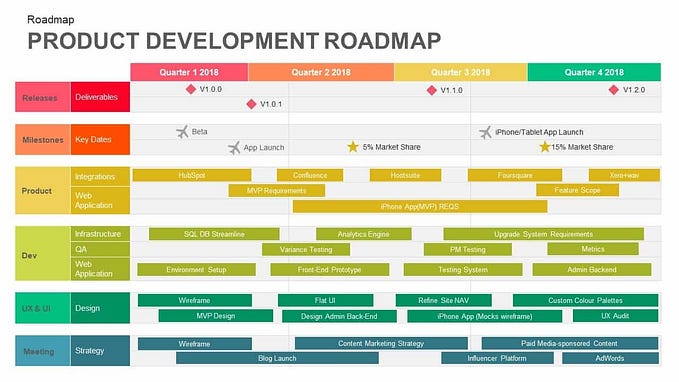6 principles of agile leadership

According to Remi Gulzar, research director at Gartner,“Agile culture helps to achieve competitive advantage.” “To foster that culture, it requires new organizational and leader behaviours,” he stated.
“Poorly managed tasks? Try the all new Workflows and boards in ProofHub to get it all done efficiently.”
To be completely efficient and long-lasting, an Agile transformation needs to reach every nook and cranny of the enterprise, and here leadership plays an important role. Business leadership involves front-line managers on the up and everyone who has someone reporting to them. Mostly, managers participate in the transformation at last of this process, and they may not even recognize how much they will have to change during this transformation.
It’s all about being agile and the capability to choose the right project management methodology to be an agile leader. But what does actually need for agile leadership?
The Agile Influence
Most organizations experience that Agile principles and practices have worked better within their development organizations. An Internet search for your competitor’s name and “Scrum” will indicate what I mean. Our company used this approach years ago with sceptics who had not paid attention to what was going in the industry, and it has not failed me yet. Now, I am able to manage my work chaos using agile project management methodology.
1.Great Agile Leaders Uphold the Agile Manifesto
If you are leading an agile team, you should know the Agile Manifesto and understand how to implement it effectively. Reading it once won’t make any difference. You will need to come up with the example of adapting to the reality as per changing plans. Being a leader, this will be like giving room for the team so that it can correct their problems. This can either mean coaching or you have to adapt according to the working software on the ground.
Being a leader who has emerged as an assigned leader, you are likely to have some information and priorities that don’t go with following the agile manifesto.
People developing the software may not be aware of ongoing political issues within the enterprise.They may feel difficult understand shareholder concerns or critical dynamics of board meetings. You need to navigate using skills that result in areas outside software development. However, you are not following the Agile Manifesto if these concerns overrule the manifesto’s principles without consideration.
2. Agile Leaders foster Constant Learning
Speaking of feedback, that takes us to our next step. The basic principle of agile work is to show at every step on how a team can achieve its goals even more efficiently and fastly. Either in sprint review meetings or through retrospectives, agile teams share various lessons they have understood at frequent intervals.
Throughout this, agile leaders function as a catalyst by practising continuous learning on the basis of new insights and mistakes. This is a regular part of their daily work, and they even start by looking at themselves.
3. Agile Leaders eliminate Roadblocks for the Team
Agile leaders have internalised that the expected results are gained when their team has the maximum possible freedom of action, and when reaching the overarching goal is prioritized over the personal sensitivities of some.
To this end, managers should not only be able to motivate employees but also to empower and encourage them to work independently and do not let critics distract them from reaching their end goals. Though, this is not performed in a monthly status meeting or a review session annually. Empowerment and motivation need to be given afresh every day such that in Scrum, every sprint ends up with a detailed review.
4. Agile Leaders Focus on Real Success
In today’s time all industries, big or small, are undergoing transformational processes, and the aim to become self-centred. The allegations of transformation objectors have no limits: What has been gained should be preserved, change has some limits and businesses should not be endangered.
Agile leaders are not convinced by these arguments and instead work on what counts, namely creating a minimum viable product (MVP) that is honed step by step. Don’t measure success according to the HiPPO principle that is Highest Paid Person’s Opinion, but on the basis of end users’ feedback and their result evaluation.
5. Agile Leaders Are Masters of Action
In the beginning, the Agile Manifesto is something to be read and internalised, in practice, it involves more around doing. Agile managers believe in taking action. It is rightly said, “Be the change you want to see” and in fact, managers should be able to maintain the balance between the end goals they have and the subsequent actions they take.
Agile means change, and modern leaders should not only learn and preach this but should develop an environment that makes easy for others to adapt to change. This involves a self-examination of their performance by being open to feedback from their team. Moreover, beginners to agile can take agile training to learn about its practices and to make sure their organization stay agile according to its latest trends.
“Looking for ways to manage your tasks more efficiently? Start using ProofHub with the all new Workflows and boards.”
Author Bio : Danish Wadhwa is a strategic thinker and an IT Pro. With more than six years of experience in the digital marketing industry, he is more than a results-driven individual. He is well-versed in providing high-end technical support, optimizing sales and automating tools to stimulate productivity for businesses










